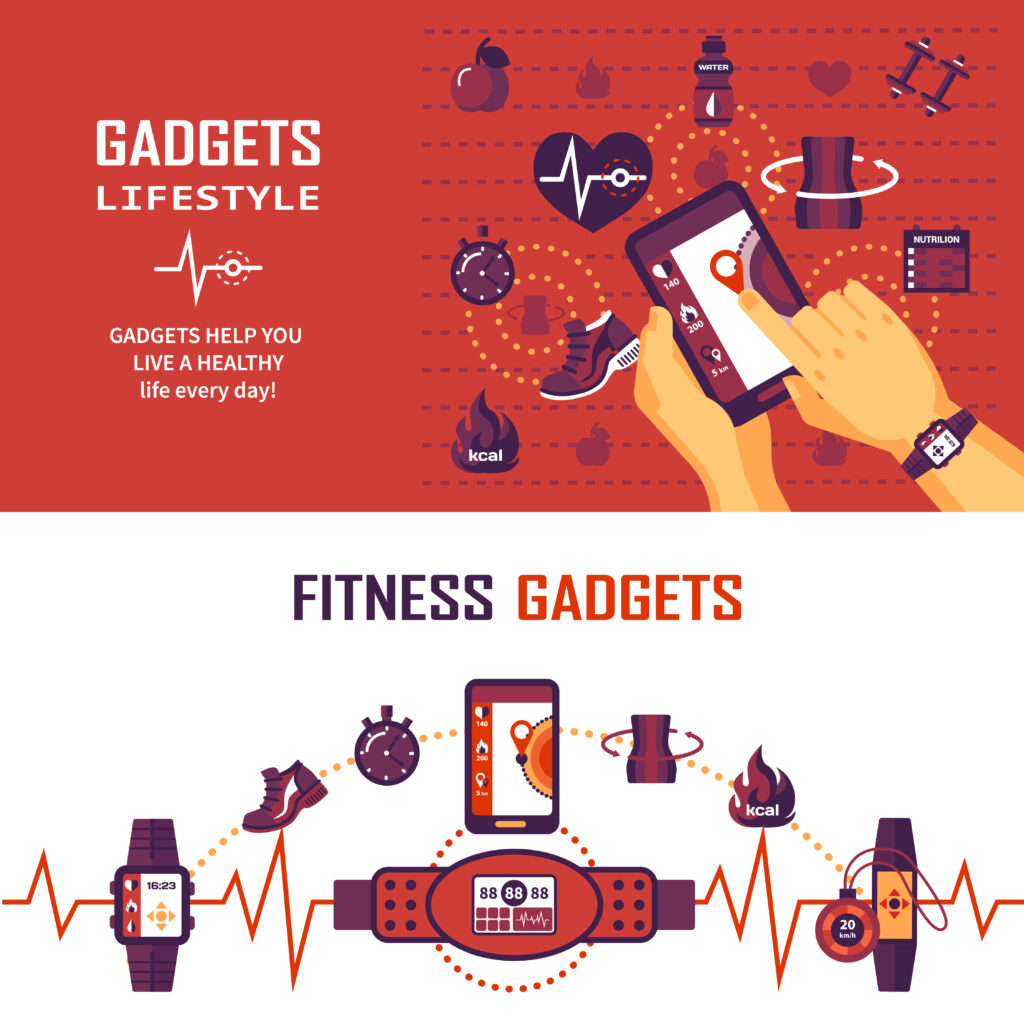In these day’s fitness-conscious global, staying in shape and preserving a healthy lifestyle are priorities for lots of individuals. The fast improvement of era has made tracking health goals extra on hand than ever earlier than. Fitness apps and tools have revolutionized the way we technique exercise, nutrients, and average nicely-being. This article explores the severe methods this virtual equipment can assist in carrying out health goals, the functions to search for in a fitness app, and a few popular options available.
The Importance of Tracking Progress
Tracking fitness progress is a key aspect in attaining prolonged-term fitness dreams. It lets in individuals to:
Measure Improvement: By tracking performance through the years, human beings can see tangible outcomes, which enables to preserve motivation.
Set Realistic Goals: Clear records offer a basis for placing conceivable brief-term and long-time period goals.
Identify Patterns: Whether it’s fluctuations in weight, sleep styles, or electricity ranges, monitoring permits pick out inclinations and regions for improvement.
Stay Accountable: Digital information characteristic a non-public train, reminding clients to live heading within the right course with their health sporting activities.
Prevent Overtraining: Detailed tracking can highlight whilst it’s time to take a relaxation day or alter depth ranges to keep away from burnout.
Things to look for in Fitness Apps
Not all health apps are created equal. Choosing the right app depends on the man or woman’s goals, preferences and availability. Here are some important things to keep in mind:
Program Management:
- It tracks steps, distance and calories burned.
- It provides GPS capability for outdoor activities such as walking or biking.
Adjustable values:
It allows clients to set personal health goals, whether they involve weight loss, muscle gain, or endurance building.
Advanced exercises:
- Offers guided workouts accompanied by educational films.
- Different types of challenges have been added to cater for new and advanced users.
Nutrition monitoring:
- It uses food charts to highlight calorie intake.
- It provides insight into the breakdown of macronutrients (proteins, fats, and carbohydrates).
- Integration and wearable devices:
- It syncs with smart watches and fitness trackers for easy information gathering.
Progress Reports:
It creates charts and diagrams to visualize progress over the years.
Local Support:
It gives them the social ability to interact with friends, be part of challenges, and a percentage of earnings.
Modifications and modifications:
Adapts to the individual’s schedule and preferences, allowing flexibility in exercise and nutritional programs.
Availability and Purchase:
Free or budget-friendly options with premium functions are available.
Data Privacy and Security:
Ensures that personal records are covered by clear encryption and privacy policies.

Popular Fitness Apps and Tools
- MyFitnessPal
- One of the maximums broadly used apps for tracking nutrients and exercise, MyFitnessPal offers:
- A massive database of ingredients for smooth calorie logging.
- Integration with fitness trackers.
- Customizable goals for weight reduction, maintenance, or gain.
- Strava
- Perfect for runners and cyclists, Strava provides:
- GPS tracking for outside sports.
- Social functions for sharing workout routines and competing with pals.
- Insights into performance metrics like tempo and elevation advantage.
- Fitbit App
- Compatible with Fitbit devices, this app consists of:
- Activity tracking for steps, distance, and sleep.
- Heart fee tracking and stress management tools.
- Challenges and achievements to motivate customers.
- Nike Training Club
- A versatile app presenting:
- Guided exercises designed by using expert running shoes.
- Categories such as strength, endurance, and mobility education.
- Options for body weight sporting activities and device-primarily based workouts.
- Headspace
- While in the main a meditation app, Headspace supports ordinary fitness with the aid of:
- Providing guided mindfulness sessions to lessen strain.
- Offering sleep aids for higher healing.
- Including short sporting activities targeted on intellectual properly-being.
- JEFIT
- Ideal for health club-goers, JEFIT features:
- Pre-designed exercise plans.
- Exercise demonstrations with clear instructions.
- Progress tracking for weightlifting and energy schooling.
- Apple Health and Google Fit
- These integrated structures are first rate beginning points, imparting:
- Integration with quite a few third-party apps and devices.
- Basic interest and fitness monitoring.
- Customizable fitness metrics to match person wishes.
Wearable devices: Enhancing the fitness journey
Fitness apps are often paired with wearable devices to provide a complete view of one’s health. Popular options include:
- Smart watches
Brands like Apple Watch, Garmin, and Samsung Galaxy Watch offer unique metrics for heart rate, activity, and sleep.
Things like ECG monitoring and oxygen saturation monitoring refine health awareness.
- Fitness bands
Devices with Fitbit Inspire or Xiaomi Mi Band knowledge in steps first, calorie tracking and sleep tracking.
- Heart rate monitors
Chest straps or wrist monitors provide accurate cardiovascular data, which is important for overall performance athletes.
- Smart scales
Scales from brands like Withing’s or Eudy measure weight, body fat percentage and muscle mass, and sync with apps to track certain progress.
Leveraging data for the best results
Information gathering is most effective the struggle stage; Real progress comes from learning to use it effectively. Here are some suggestions:
Explore trends:
Use app-generated reports to capture strategies and change behaviors.
Set incremental goals:
Break big goals down into small, achievable milestones.
Interactive description:
Connect quality sleep, movement, and caloric intake to optimize overall health.
Make changes based on feedback:
Listen to your body and change your workout routine or diet as a result. Over-reliance on statistics can occasionally lead to over-training.
Celebrating accomplishments:
Use apps to record milestones, which provide inspiration and greater experience.

Challenges of Fitness Apps and Tools
Despite their numerous benefits, fitness apps and gear have a few obstacles:
Over-reliance on Technology:
Users may grow to be dependent on apps, neglecting intuitive body indicators.
Data Overload:
Too a great deal information can crush novices.
Accuracy Issues:
Metrics like calorie burn or step count may vary throughout gadgets.
Subscription Costs:
Many apps require top rate subscriptions for complete capability.
Privacy Concerns:
Users need to evaluate privateness policies to ensure facts protection.
The Future of Fitness Tracking
The health tech industry maintains to conform, with improvements along with:
AI-Powered Coaching:
Personalized exercise hints based totally on user statistics and options.
Virtual Reality (VR) Workouts:
Immersive health reviews that make workout more enticing.
Advanced Biometrics:
Wearables that reveal hydration levels, strain biomarkers, and extra.
Community-Driven Features:
Enhanced social connectivity thru group demanding situations and real-time remarks.
Sustainability and Inclusivity:
Eco-friendly devices and apps designed for numerous user needs.
Conclusion
Fitness apps and tools have converted the manner we technique fitness and wellness. By offering precise insights, personalized tips, and motivation, they empower customers to attain their dreams effectively. However, it’s critical to strike a balance between counting on era and being attentive to your frame. With the right aggregate of gear and determination, all people can embark on a a hit health adventure.

